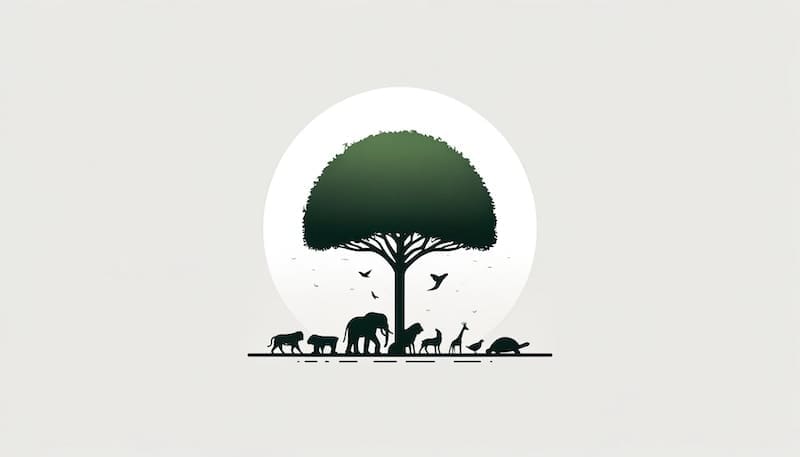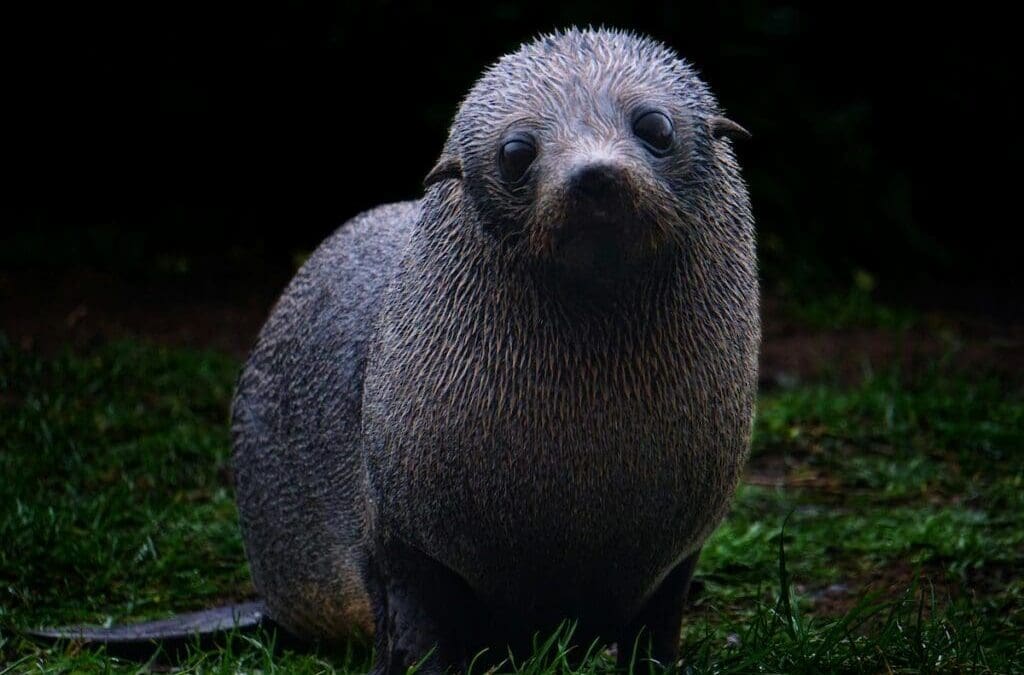
Conservation Frontiers in Texas Zoos
How Texas Zoos and Aquariums Are Paving the Way
During the spring and summer in Texas, zoos and aquariums are bustling with activities that go beyond just entertainment. These organizations are leaders in wildlife preservation and education. Guides show guests various species from around the world and teach them about the importance of protecting the environment. This deeper engagement not only entertains but also educates visitors on the critical role they play in conservation efforts.
The Role of Texas Zoos and Aquariums in Conservation
Zoos and aquariums in Texas help protect wildlife by joining global and local conservation efforts. They work to safeguard species and their habitats. Their role is crucial in preserving the environment.
They play a key part in conservation initiatives. These efforts include innovative breeding programs, habitat restoration, and wildlife rescues.
These institutions are important for protecting many different species. They do this by supporting research and collaboration that helps wildlife. This benefits animals both within and outside their areas.
Fort Worth Zoo: A Leader in Conservation Efforts
The Fort Worth Zoo is a conservation leader, starting projects to protect wildlife worldwide and in Texas. The zoo’s conservation strategies are holistic, involving local communities in habitat preservation and providing substantial educational resources to foster a culture of conservation.
The Fort Worth Zoo is working on projects to save the endangered black rhino and the local Texas prairie dog. This shows that the zoo is making a significant impact. You can find more about their groundbreaking work on our Fort Worth Zoo directory page.
San Antonio Zoo: Educating Future Generations
The San Antonio Zoo not only rescues and rehabilitates endangered species but also emphasizes educating the next generation of advocates. The zoo in Texas teaches people of all ages about protecting the environment through fun and interactive activities.”
Their initiative called the “Zoo School” program allows students to gain hands-on experience with nature. They also learn about ecosystems and conservation practices through this program. Further details and visitor information are available on the San Antonio Zoo directory page.
Houston Zoo: Connecting People with Wildlife
The Houston Zoo supports over forty conservation projects worldwide, protecting animals and their habitats from Africa to Brazil. They also focus on saving sea turtles from extinction in the Gulf of Mexico. This is a top priority for marine life conservation efforts.
The zoo’s conservation programs aim to foster lasting connections between visitors and the natural world, promoting sustainable behaviors. The Houston Zoo directory page features details on how to engage with these programs.
Educational Programs and Animal Talks
Texas zoos and aquariums provide many educational programs. These programs are diverse and engaging. They aim to inspire a lasting passion for conservation. The goal is to instill this passion in all participants.
Visitors have different program options to choose from. These include behind-the-scenes tours and interactive talks. During these talks, visitors can interact with researchers and volunteers. This hands-on approach not only informs but also empowers visitors, fostering a proactive attitude towards conservation.
Looking Ahead: The Future of Conservation in Texas
Zoos and aquariums in Texas are being proactive in wildlife conservation. This is a promising sign for the future of conservation in the state. They are taking steps to help protect wildlife.
This is a positive development for conservation efforts in Texas. Wildlife institutions provide safe havens for animals and serve as think tanks where they create and evaluate conservation strategies.
They are pushing boundaries and working together globally. Experts expect that they will increase their impact on conservation. They will provide new solutions to the current challenges faced by wildlife.
Texas’s zoos and aquariums are foundational to the state’s environmental and educational landscapes. Zoos are important places for taking care of animals and teaching people about them. By supporting these institutions, everyone can help preserve and enhance Texas’s rich natural heritage for future generations.

